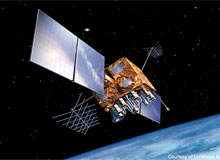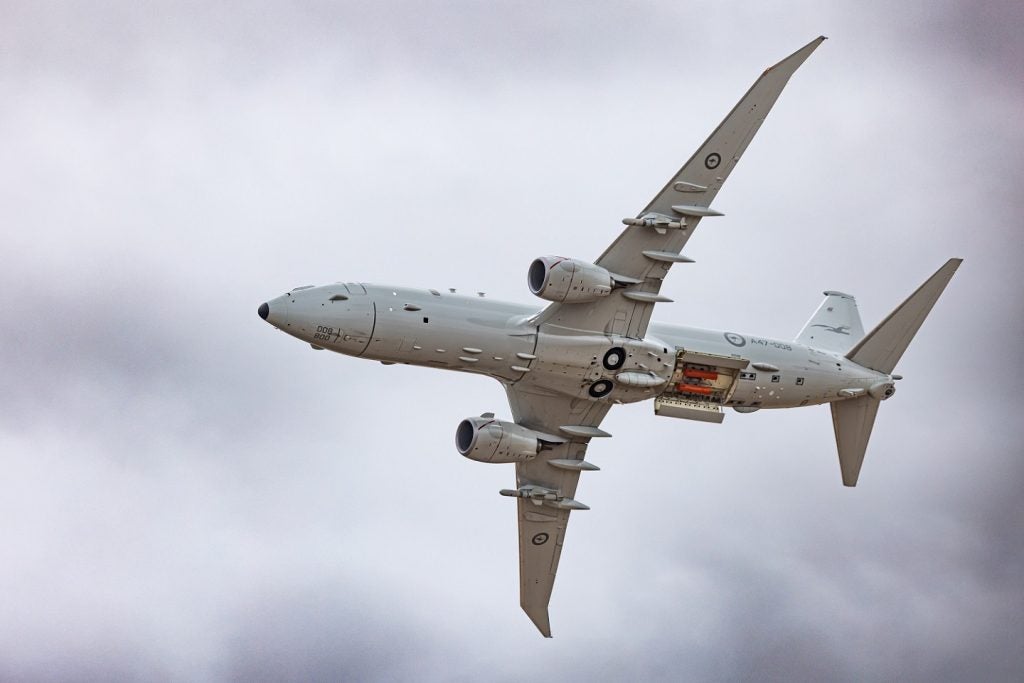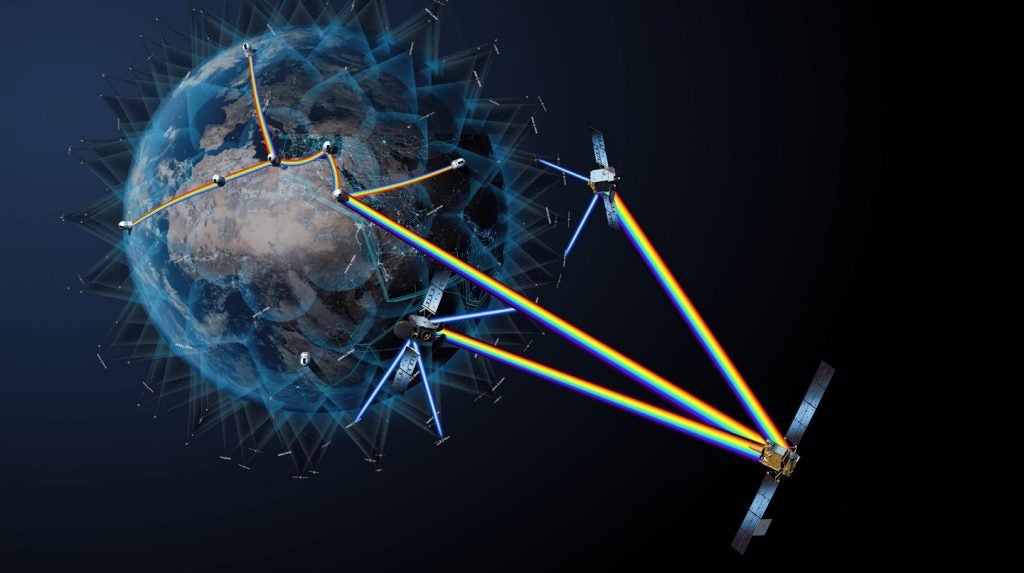
The US Navy’s successful destruction of a disabled spy satellite in February has brought anti-satellite warfare back into the news.
Given the ever-increasing importance of satellite capabilities to military and civilian assets, as well as the continuing threat of nuclear ballistic missile proliferation, the question of satellite vulnerability needs to be addressed on a regular if not frequent basis. Conversely, examining the state of satellite security at times other than immediately after an ASAT test reduces the odds of a panic attack.
In January 2007, China destroyed one of their aging weather satellites in their first known attempt at satellite interception. Operating from Xichang Space Center in southwestern Sichuan province, the Second Artillery Battalion of the PLA launched a KT-2 ballistic missile, with a range of 4,000 miles, at the satellite, which was orbiting at an altitude of just under 540 miles. Although China had adjusted the polar orbit of the satellite to facilitate the interception, the oven-sized satellite was still moving at around 15,000mph.
Early in 2008, the US implicitly reminded China that it had not been twiddling its thumbs in the 22 years since its last anti-satellite test (in which a missile fired from a USAF F-15 blew apart a larger satellite 345 miles up).
On 14 February, US officials announced a decision to destroy a disabled spy satellite that had slipped into an untenable orbit, citing the risk of the satellite’s onboard hydrazine fuel to people unlucky enough to be underneath the satellite when it, but presumably not the fuel, burned up on re-entry.
See Also:
Six days later, a Navy cruiser stationed in the Pacific fired an SM-3 missile at the satellite, which was moving at roughly 17,000mph 153 miles above earth. Monitoring sensors recorded an explosion consistent with the destruction of the fuel tank.
How well do you really know your competitors?
Access the most comprehensive Company Profiles on the market, powered by GlobalData. Save hours of research. Gain competitive edge.

Thank you!
Your download email will arrive shortly
Not ready to buy yet? Download a free sample
We are confident about the unique quality of our Company Profiles. However, we want you to make the most beneficial decision for your business, so we offer a free sample that you can download by submitting the below form
By GlobalDataIn operational terms, the US ‘preventive measure’ was more impressive than the Chinese test. Ironically, the SM-3 is an extension of the US Navy’s venerable Standard Missile 2, a direct-fire (i.e. non-ballistic) SAM.
As part of its general ballistic missile defence initiative, the Pentagon ordered the SM-3 upgrade as an ABM interceptor. The missile used in the February intercept was specially reprogrammed for the relatively easier task of satellite interception, but unlike the Chinese missile, the SM-3 fits into a basic shipboard vertical canister, and therefore can go wherever Navy surface warships can go – for example, off the Chinese coast.
Perhaps the best illustration of the asymmetry is that both missiles destroyed satellites, but the Navy’s missile can shoot down the Chinese missile.
Given that these satellite interceptions were executed by the Chinese army and US navy respectively, you may be wondering why this article is on the Air Force site.
It is true that one might consider space to be merely an extension of the atmosphere, where the Air Force traditionally earns its pay check, but in fact the utilisation of space by military assets, whether satellites, ballistic missiles, or their interceptors, has always been an inter-service endeavour.
This has been especially true for Russia and China, but even in the US, space utilisation is coordinated by integrated entities such as the National Reconnaissance Office (NRO), which builds and operates US recon satellites. Although China and the US recently demonstrated that all three services have ASAT and/or ABM capability, but at least in the US, the Air Force ‘owns’ the plurality of military satellites in space, and as such is responsible for their defence.
SO HOW VULNERABLE ARE SATELLITES THESE DAYS?
To begin with, the physics of rocketry makes space payloads very expensive. Because operators can launch only what they need, satellites traditionally have suffered from three key problems:
- They are relatively fragile because they have to be light
- Their orbits are predictable because they can’t carry enough fuel for major manoeuvring
- They can’t shoot back due to the weight constraint
Beyond these factors, recon satellites in particular are vulnerable because of their mission requirements. To maximise resolution, imaging satellites such as the KH-13 Ikon have low-altitude orbits (below 1,000 miles at perigee). Flying low increases vulnerability in two ways: not only is closer better, but attacking missiles can carry less fuel and therefore can be smaller, more mobile, and last but not least, a lot cheaper.
Also, because operators want their recon satellites to cover as much of the earth’s surface as possible, their orbits are significantly inclined if not polar, which means that they are travelling quite fast relative to the earth’s surface.
This makes satellites even easier to hit because missiles don’t even have to do all the intercepting work – they can just ‘pop up’ and wait for the satellites to fly into them.
Altitude cuts both ways, however, and higher-flying satellites orbit at elevations that are one to two orders of magnitude greater. GPS satellites orbit at roughly 12,000 miles, and communications satellites operate near or at the geosynchronous altitude of 22,300 miles. At the time of the 2007 Chinese test, US officials noted that low-orbit intercept capabilities do not imply an ability to hunt satellites at higher orbits.
Nevertheless, altitude may become less critical in the relatively near future, as technologies evolve for both attack and defence. Although nations may try to demilitarise space via treaty, history does not bode well for such attempts. Nature abhors a vacuum, and when the stakes are high, so does mankind.







